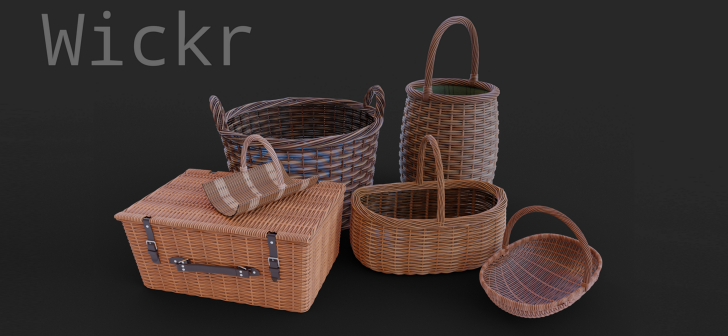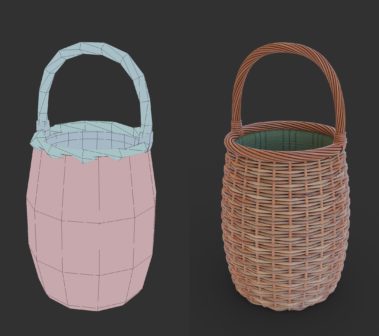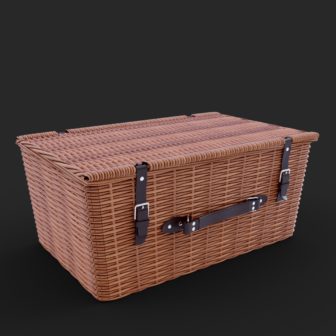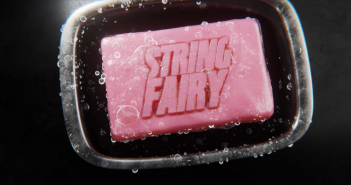Erin writes:
Wicker is a challenging thing to model and not easily changed after the fact. This material allows deep customisation to your wicker materials allowing for any combination of uprights and horizontals, image textures, bumps, roughness etc all driven by node graph. You can also use the material to Bake out diffuse / roughness / alpha / normal / ambient occlusion maps for game-ready assets or just for use in more heavy scenes.
Wickr is freely available on Gumroad, and also on Blender Market for a $2 donation to the Blender fund.
Please feel free to use for any project (personal or commercial) as well as modify or rerelease!






4 Comments
Thanks for the feature! If anyone's having trouble with the nodes, just drop me a line!
Dropping a line here XD I've always wanted to incorporate these types on textures on my models and such, how would the node systems work? Sorry in advance, I'm still trying to learn node systems. Thanks so much for your effort in creating this
Hi Cathy!
Feel free to download it from Gumroad/BlenderMarket and take a look in the node graph. To open one of the groups, select the node and hit Tab and it'll expand.
To use the material on one of your models, just append it to your scene (File > Append, find the wickr_01.blend file and the material folder in that will have the wickr material to append) and you can select it from the material drop down on your model. The displacement requires quite a high level of subdivision so I would recommend you use the adaptive subdivision modifier (which replaces the normal subdiv modifier when you select the experimental feature set with cycles). I would also recommend using this on fairly uniform objects because of how dependant the material is on the UV Map you give it!
For making your own procedural stuff, get familiar with the maths node and what all the different bits do and then how you can start effecting the UV coordinates. You have a huge amount of control just from within the node graph!
If you look for Lance Phan or Simon Thommes on youtube, they're both incredible procedural texturers!
Thanks so much for your detailed reply Erin! I just checked it out and I'm definitely going to play around with this, also thank you for referring me to some people I can learn from, I really appreaciate it. Goodluck with whatever awesome thing you'll be doing next! ^^